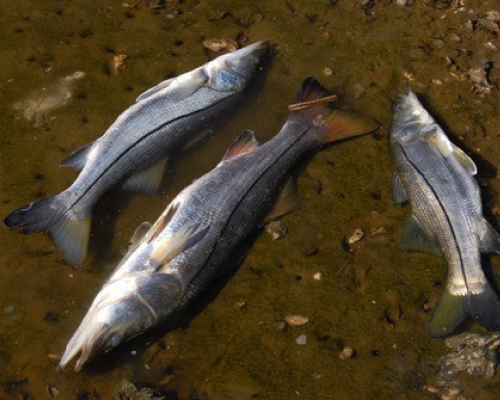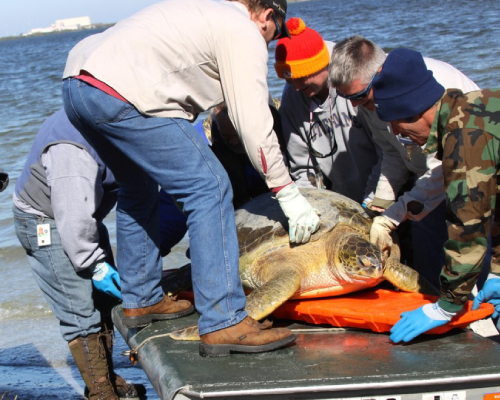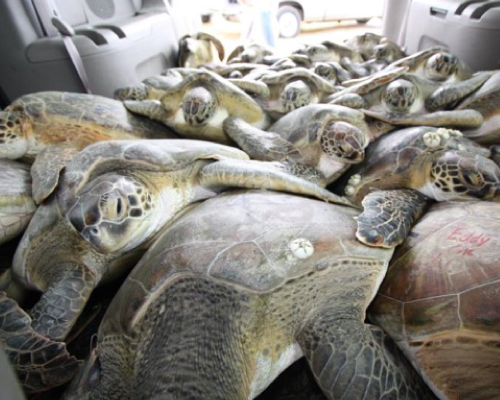A central goal of the FACT Network is to provide information to policy makers that helps sustain the fish and turtles we study. Below are a few of many examples where our findings have helped guide or validate management decisions.
Expanded Protections for Lemon Sharks in Florida
|
|
|
Lemon sharks have been well studied in the tropics but their movements in the southeastern US are poorly known. Multi-year tracking efforts of juvenile and adult lemon sharks in the FACT Network have now confirmed that the species forms large aggregations in east Florida each winter before migrating north in spring. This predictable behavior leaves the species especially vulnerable to overfishing, a finding which compelled Florida to curtail harvest of the species in state waters. And the region from Cape Canaveral to Jupiter, Florida, is now considered a Habitat Area of Particular Concern for the species, which is just a fancy way of saying that the federal government must pay closer attention to lemon sharks in this area before undertaking any activities which may impact their habitat.
Estimating Snook Mortality During an Extreme Cold Stun Event
|
|
|
Unseasonably cold air and water temperatures experienced in January 2010 resulted in widespread fish kills throughout the state of Florida. Concerns over the high numbers of common snook reported dead prompted the Florida Fish & Wildlife Conservation Commission (FWC) to extended closed harvest seasons for snook statewide. FWC scientists pooled together FACT Network telemetry data along the Florida east coast from Cape Canaveral to West Palm Beach before, during, and after the cold snap. Overall survival rates on a short-term basis of 2 to 3 months suggested that 80% of acoustically-tagged snook survived, and this percent increased to close to 90% when long term survival was analyzed over a 1 year period. In short, FACT Network data, combined with fisheries-independent monitoring, gave FWC managers the information needed to re-open recreational harvest of common snook in east Florida nine months later in September 2010
Justifying Rescue Efforts for Cold-Stunned Sea Turtles
|
|
|
The 2010 cold snap also impacted sea turtle populations. In the northern Indian River Lagoon estuary, over 2100 cold-stunned sea turtles (primarily endangered green turtles) were rescued in a massive effort involving dozens of volunteers. Turtles that were successfully revived were released after several days once water temperatures warmed. Many turtles were tagged prior to release and their movements within the FACT Network suggested a survival rate of at least 85%. Confirmation of high post-release survival helps justify the decision to intervene to rescue turtles in future cold stun events.
Acoustic Telemetry Data Influences Fishing Regulations to Increase Protection for Spawning Permit
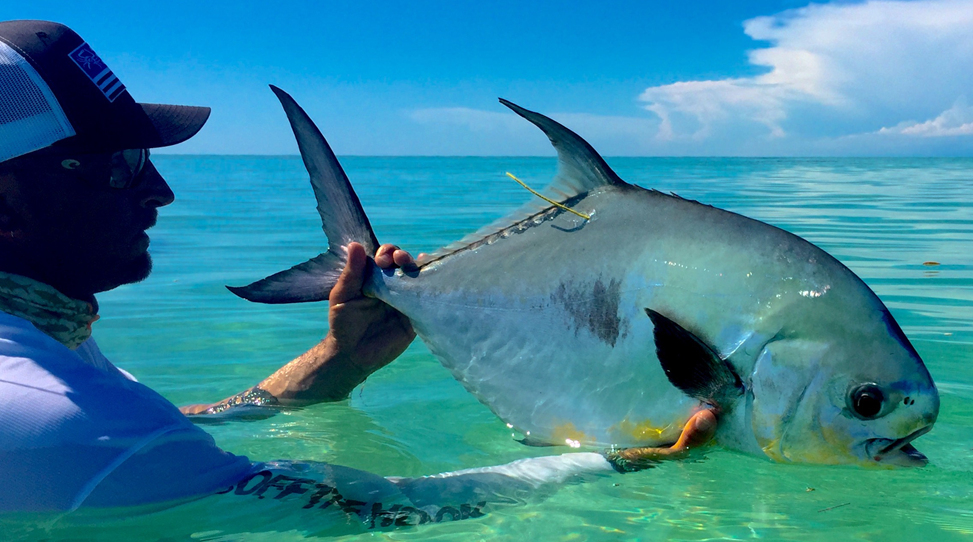 Fishing guide Rob Kramarz holding a tagged Permit on the flats in the Florida Keys.
Fishing guide Rob Kramarz holding a tagged Permit on the flats in the Florida Keys.
Photo Credit: Jake Brownscombe
Permit (Trachinotus falcatus) support highly popular and economically valuable fisheries throughout Florida in diverse ocean habitats. On the shallow nearshore flats, permit fishing is for sport and almost entirely catch-and-release, but on reefs and shipwrecks, harvest is more common. This is a potential conservation issue because these deeper-water habitats also serve as essential spawning locations where large schools of permit aggregate in spring and summer. For this reason, the Florida Fish & Wildlife Conservation Commission (FWC) established the Special Permit Zone in 2011 which prohibits harvest from May 1 through July 31 in south Florida. However, at the time we lacked knowledge of the timing of permit spawning activity.
 Detections from tagged permit (left), and number of detected individuals (right) on acoustic receivers on the Florida Reef Tract in 2016 and 2017 (black bars), and the original permit harvest prohibition period (green).
Detections from tagged permit (left), and number of detected individuals (right) on acoustic receivers on the Florida Reef Tract in 2016 and 2017 (black bars), and the original permit harvest prohibition period (green).
Photo Credit: Jake Brownscombe
To address this key knowledge gap, in March of 2016 Bonefish & Tarpon Trust, in collaboration with FWC and the Lower Keys Fishing Guides Association, began tracking permit movements within the FACT Network. Tracking data quickly showed that permit were aggregating at spawning locations in April, prior to the harvest prohibition period.
These findings have quickly found their way into management. A final rule was passed unanimously at the FWC Commissioners Meeting in February 2018 to extend the prohibition of permit harvest to include April, in addition to May through July, providing essential protection for permit during their sensitive reproductive period. It is remarkable to have fish tracking data translate into management practice so quickly. This project would not be possible without the FACT Network, enabling researchers to collaborate and track fish across scales previously impossible in the open ocean.”
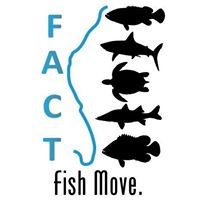
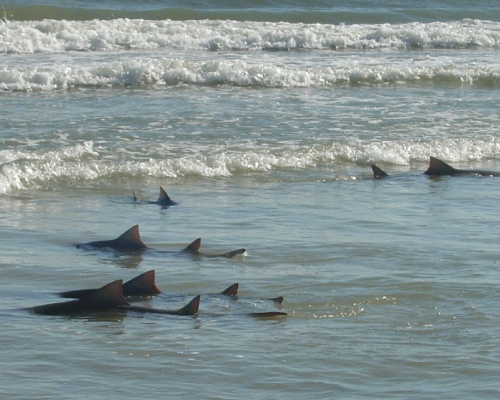
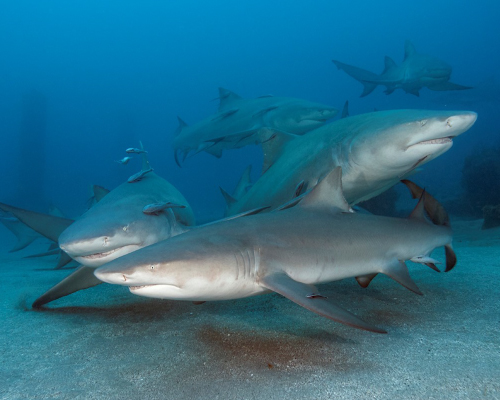 An adult lemon shark school offshore Jupiter, Florida.
An adult lemon shark school offshore Jupiter, Florida.